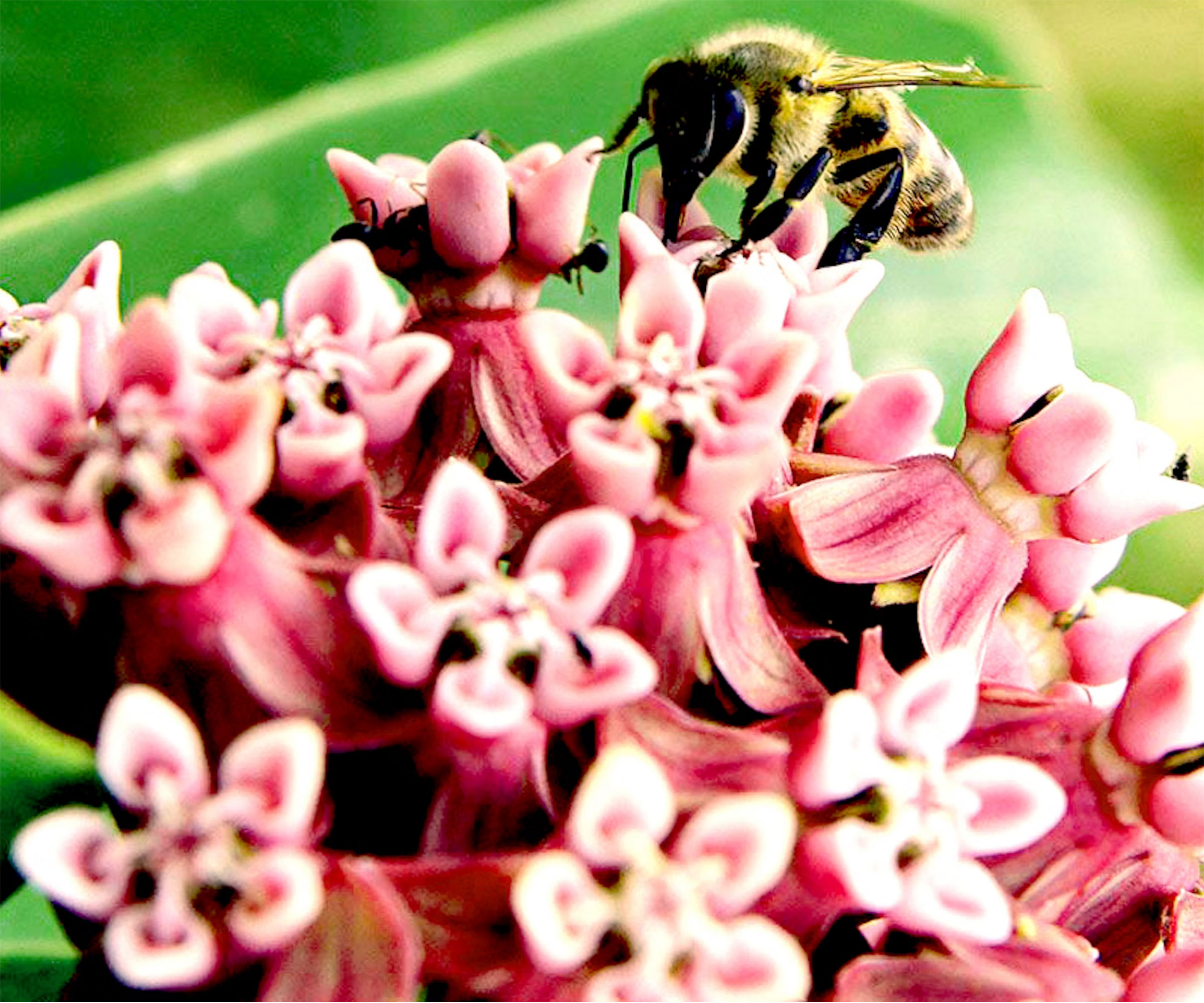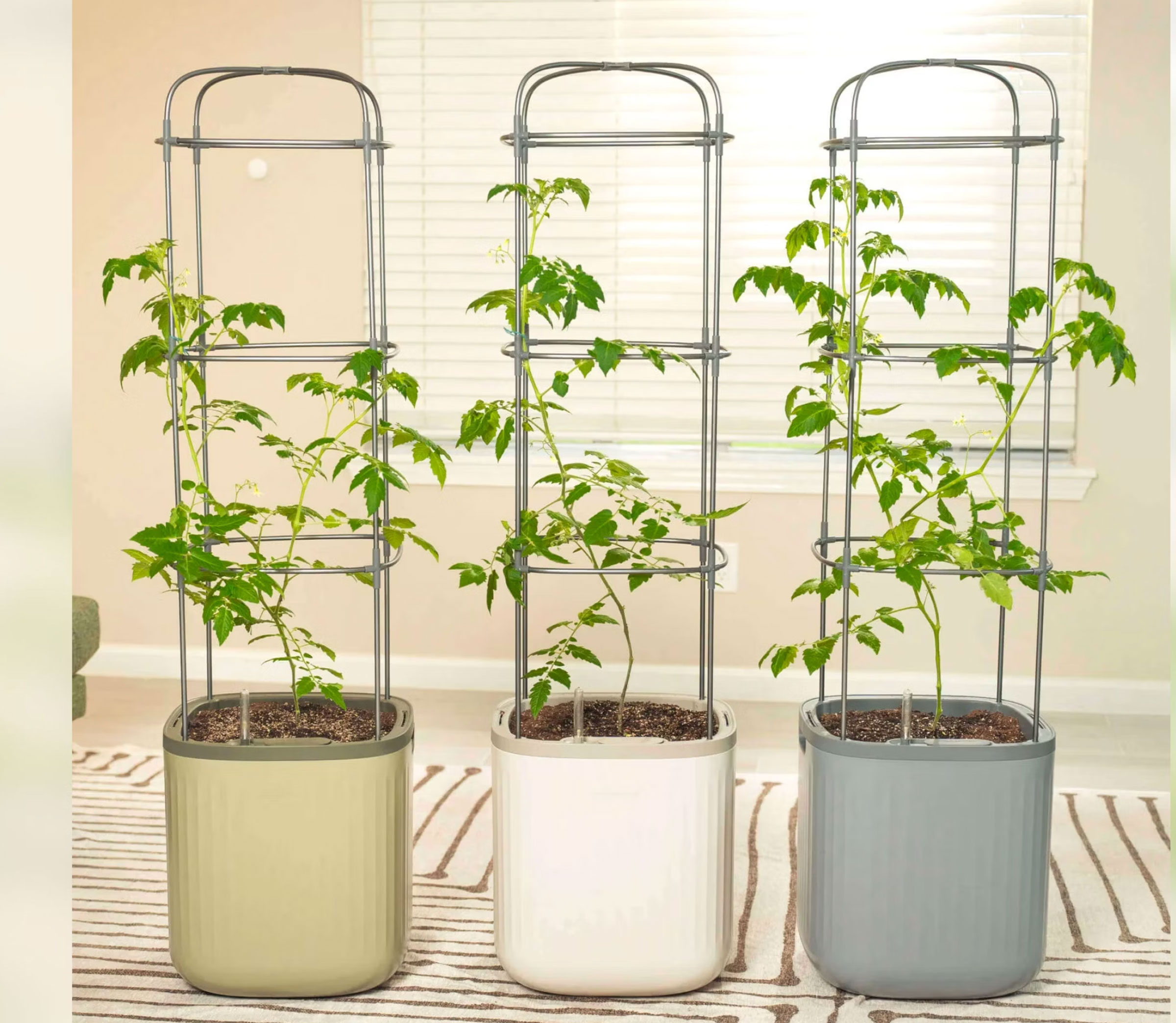Tuck Into Tasty Homegrown Heritage Spud Varieties: 7 Of The Best Heirloom Potatoes
Do you love your potatoes but fancy a little unique flavor? If you’re interested in taters with a heritage twist, here are some of the best heirloom potatoes to try
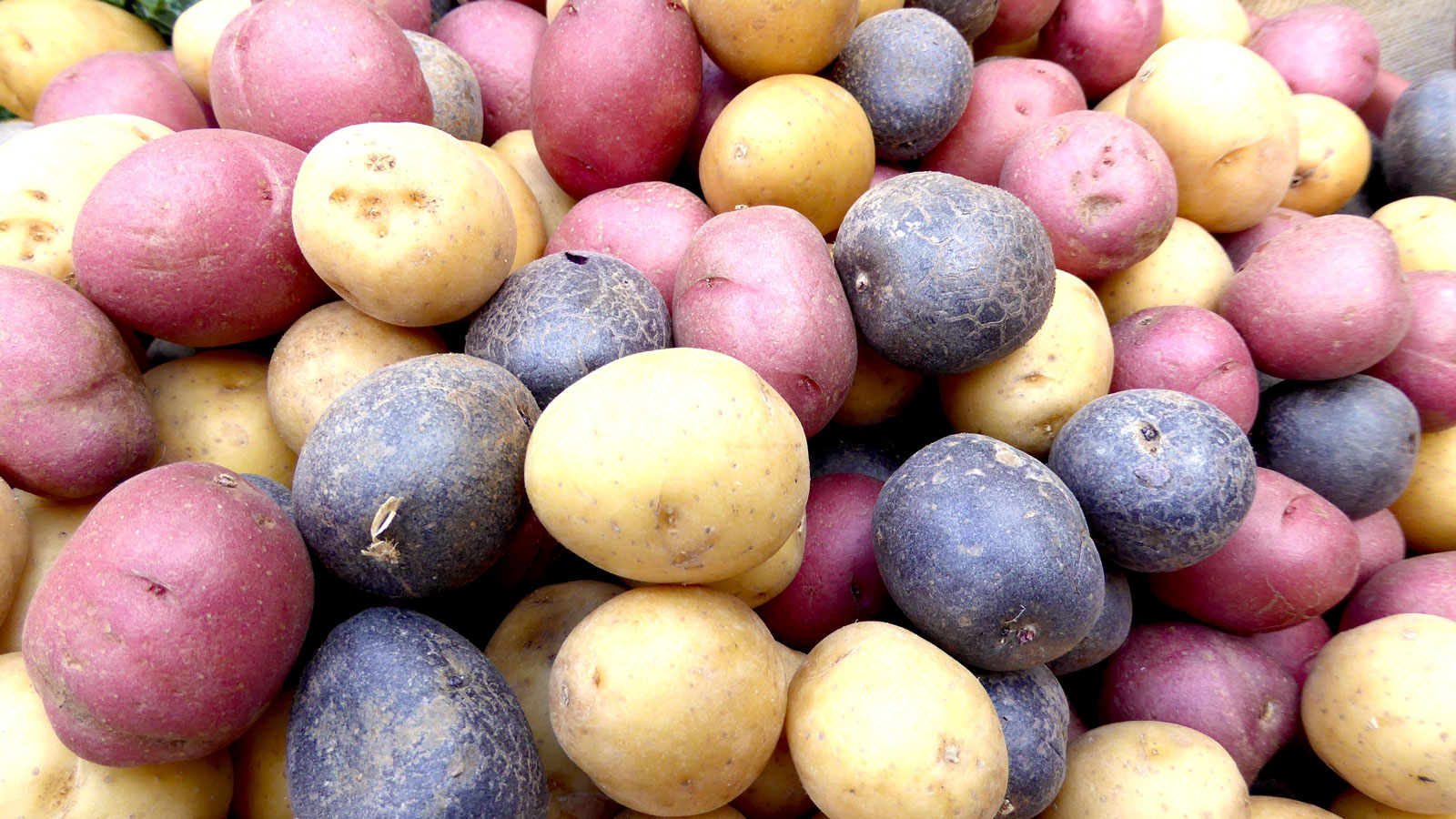
Prior to the potato blights of the early 19th century, only heirloom potatoes were grown. Because of their susceptibility to disease, heirloom seed potatoes from this era are a rarity found only in gene banks and special collections. That said, some of the best heirloom potatoes can still be enjoyed, and you can even find seed spuds for heirloom fingerling potatoes. Read on to learn about some of the tastiest heirloom potato varieties you can grow in the home garden.
What are Heirloom Potatoes?
The term ‘heirloom’ has a few different meanings for potato growers. Some define heirloom as plants grown prior to 1951, the year hybrids became commonplace. Others say that any variety grown without genetic manipulation for at least 100 years is an heirloom. While they aren’t as easy to come by as store bought potatoes, they can still be found if you are willing to look.
In the case of heirloom potatoes, varieties cultivated before the blight of the 1840s are seldom available. Instead, heirloom potato varieties available now tend to be those developed in the 1850s and 1860s from Mexican or South American stock resistant to blight. If you are interested in growing potatoes with an heirloom basis, the best known stock potato is ‘Garnet Chile’ but it has produced many of the favored American heirloom varieties available, several of which are listed below.
Best Heirloom Potato Varieties to Try
Heirloom potatoes come in a variety of sizes, colors and flavors – though often you will see heritage taters described as either ‘starchy’ or ‘floury’ in taste. The seeds are saved from year to year as heirloom seed potatoes, so each year’s crops are true to the previous year. Growing heirloom potatoes is possible using ground-based, raised bed, grow bag or container options. Ideally suited to USDA zones 4-9, these taters should be planted in well-drained soil that is slightly acidic with a pH around 6.
1. ‘Early Rose’
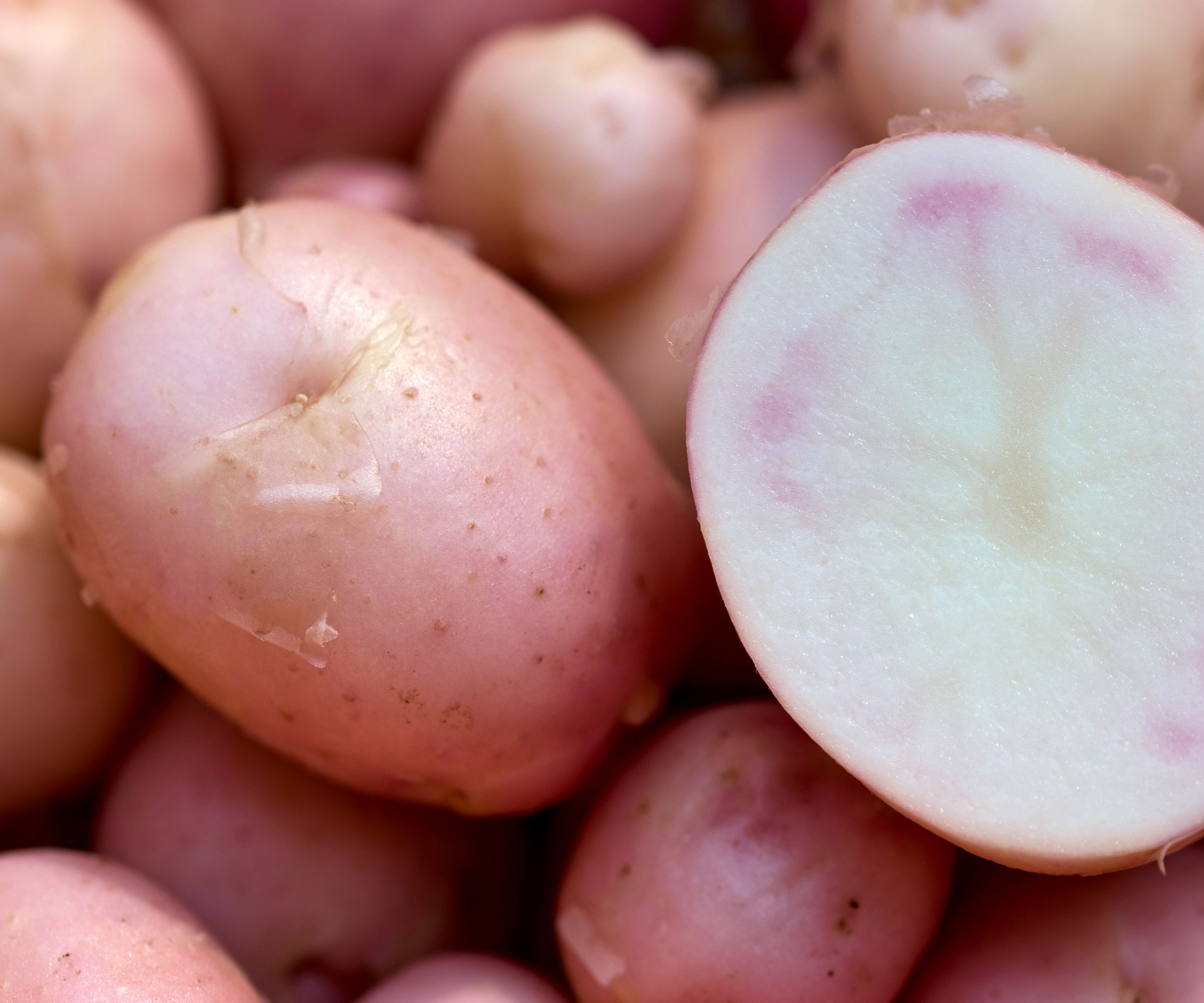
Native to South America, ‘Early Rose’ is the genetic parent of the ‘Russet Burbank’ more commonly seen today. Come harvest time, you can expect medium-sized tubers with smooth reddish-pink skin and fluffy white flesh. ‘Early Rose’ has been cultivated since the 1860s and is still widely adored for mashing and roasting. However, it does best in cool-weather climates.
2. ‘Russet Burbank’
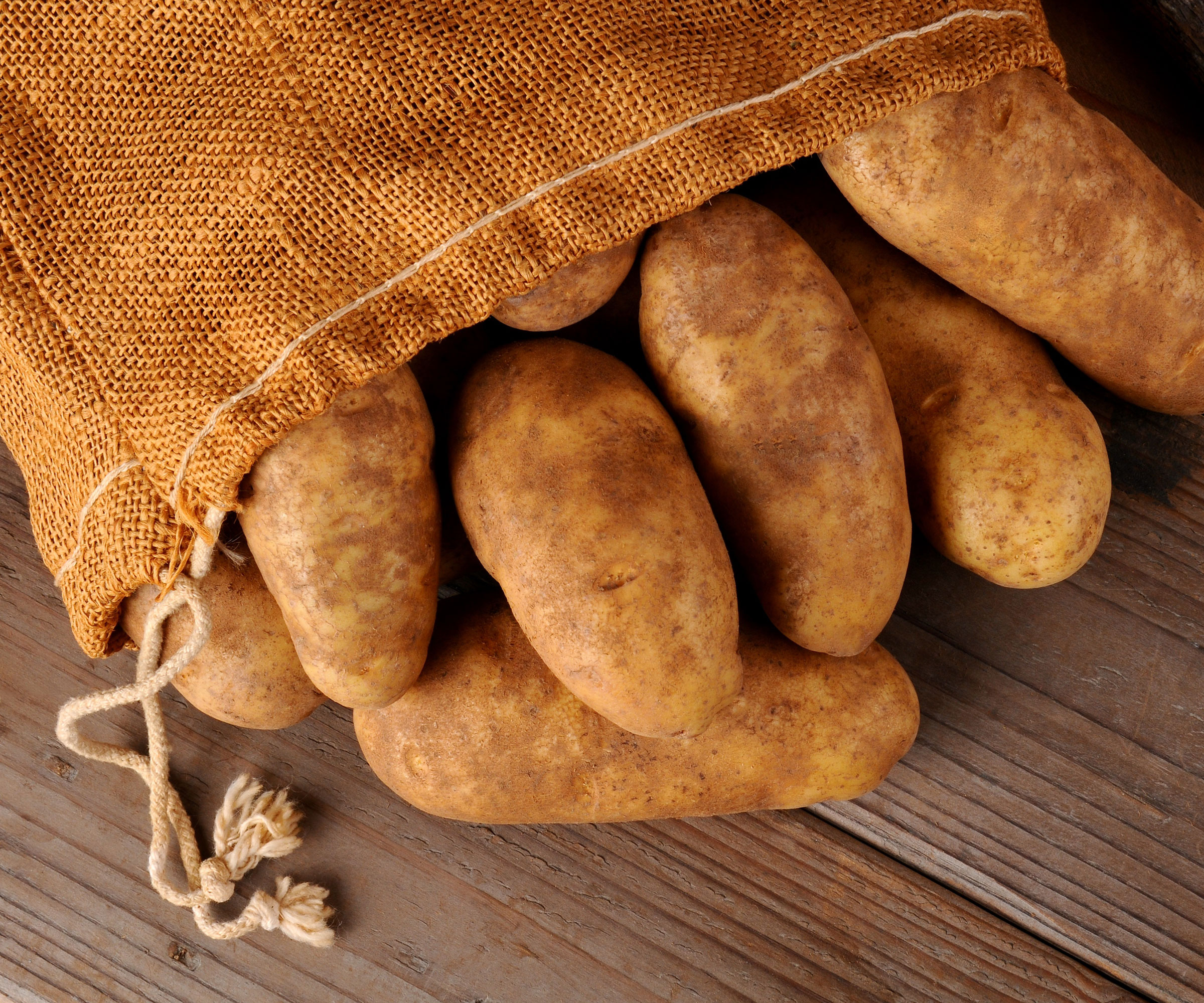
Referred to as ‘the potato that built Idaho’, ‘Russet Burbank’ is a descendent of ‘Early Rose’. The most popular spud in North America, ‘Russet Burbank’ began as an 1850s breeding experiment. As well as being a great addition to a vegetable garden, this heritage spud is a favorite of chefs for mashing and chips, thanks to its high starch levels and course consistency.
3. ‘Irish Cobbler’

Early maturing and medium-sized, the ‘Irish Cobbler’ is an heirloom spud dating back to 1876. It is generally oblong in shape with deep set eyes. This potato is high in starch content and has a dry, creamy, white flesh, perfect for baking or mashing. This tasty tater is an ideal plant for container gardening and ground-based gardening – but just bear in mind that it is susceptible to verticillium wilt.
Sign up for the Gardening Know How newsletter today and receive a free copy of our e-book "How to Grow Delicious Tomatoes".
4. ‘Bliss Triumph’
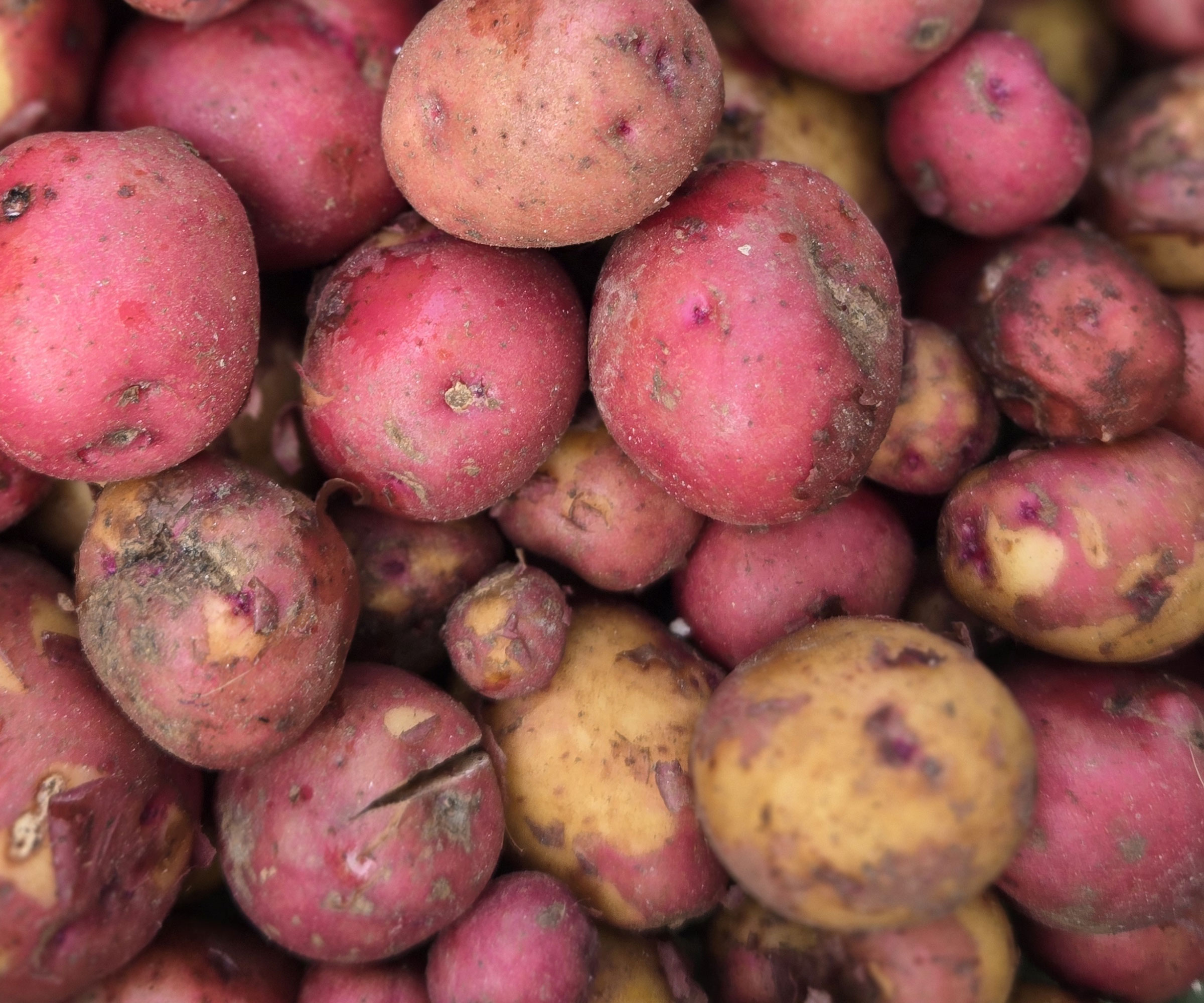
Released around 1878 as a cross between ‘Early Rose’ and ‘Peerless’, ‘Bliss Triumph’ (also known as ‘Red Bliss’) is a white fleshed potato that is available in red, pink and white skinned varieties. Early to sprout, ‘Bliss Triumph’ is susceptible to potato blight and other diseases, since the skin is delicate. Still, its versatility and rosy appearance makes it a delightful spud to grow in the home garden.
5. ‘Early Ohio’
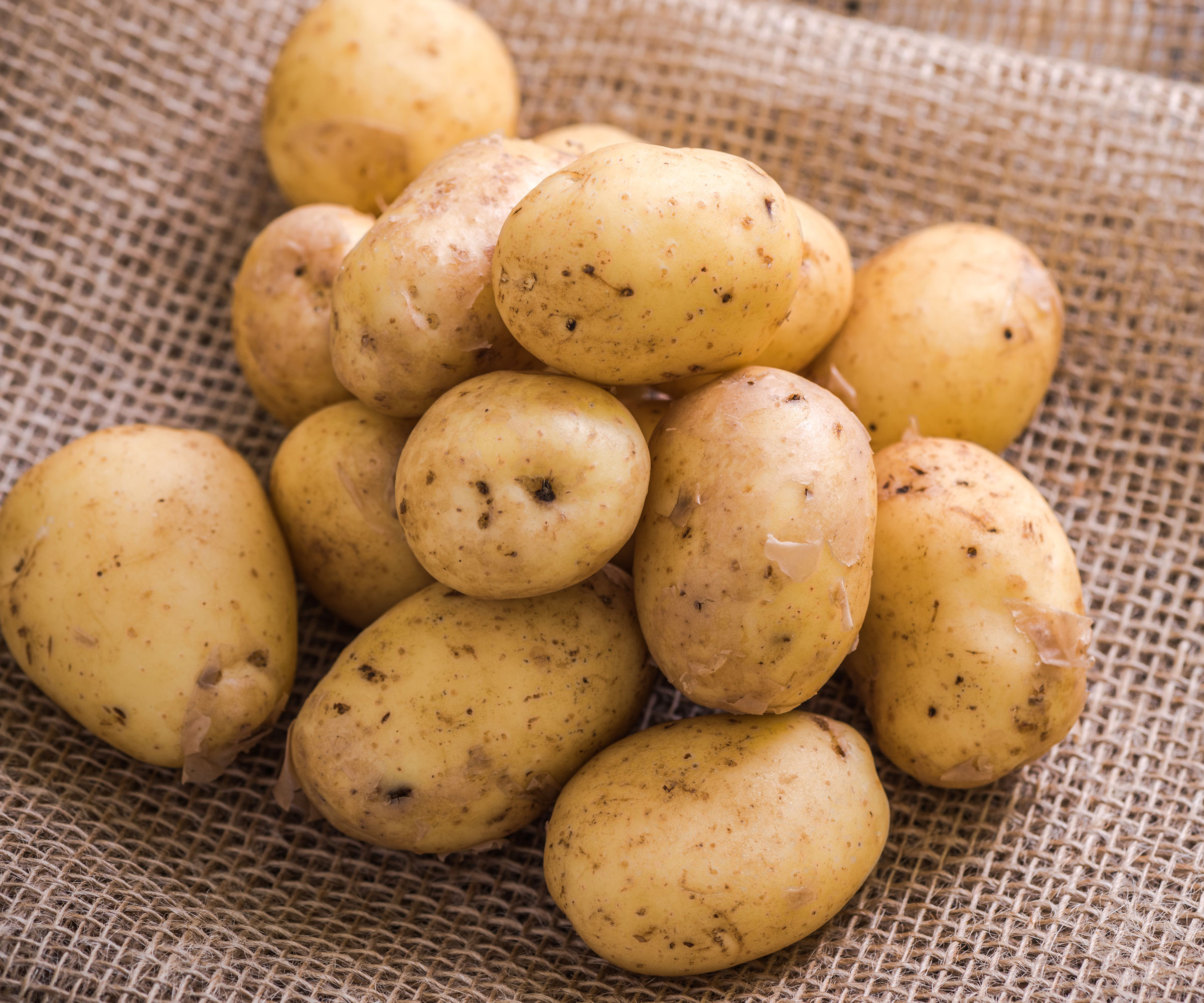
‘Early Ohio’ introduced in 1875, was a seedling version of ‘Early Rose’. A market was born due to its rapid maturity and prolificacy. A great heirloom type for the north, ‘Early Ohio’ is a larger, roundish tuber with light tan skin and firm, white flesh. This first-early tater is ideal for a range of preparations but especially boiling, as it holds its shape well. Perfect for ground-based and raised bed growing, it is also a reliable heavy yielder if grown in a fertile, well-drained soil.
6. ‘German Butterball’
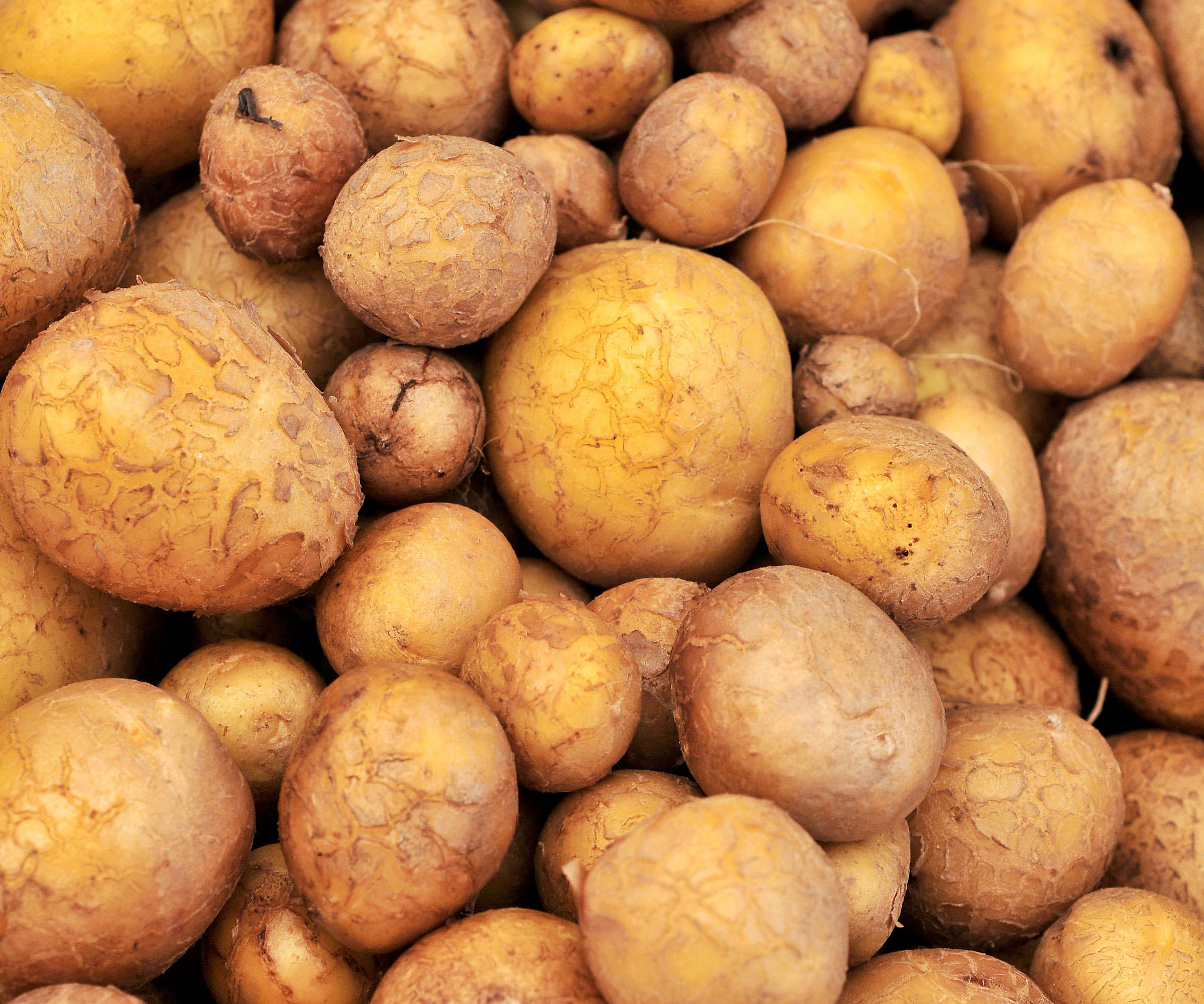
‘German Butterball’ is an oddball of an heirloom. It is classified as an heirloom only because its grower David Ronniger bred it from a 19th century tuber. Otherwise, it is a fairly modern potato, debuting in 1988 but with heirloom roots. A large spud, ‘German Butterball’ can weigh as much as two pounds (just under a kilogram). While hardly the most unusual vegetable to grow, it has a memorable buttery taste. It works well in a range of cooking preparations, from frying to steaming.
7. ‘Russian Banana’ Fingerling
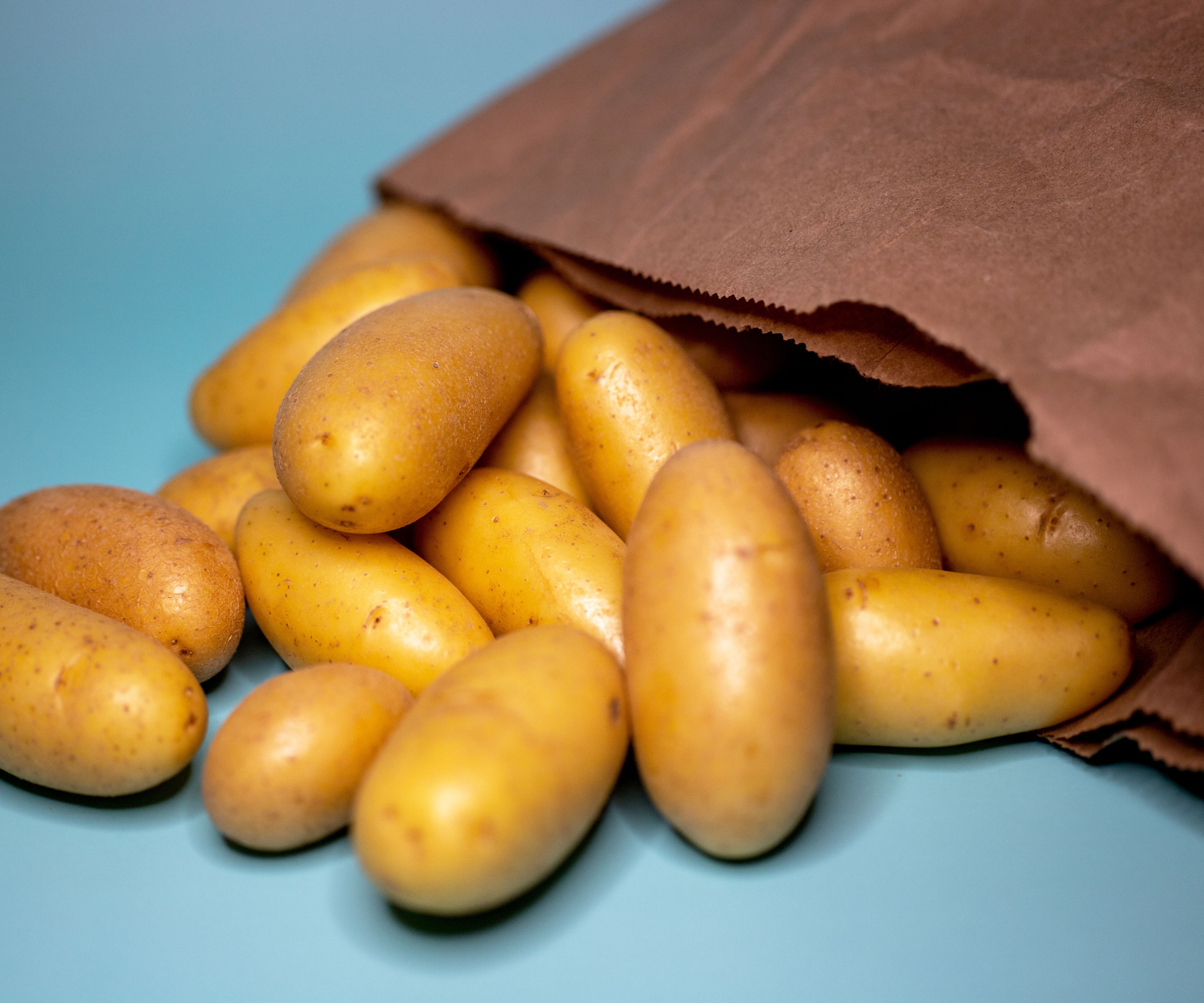
Fingerlings are especially desirable thanks to their shape and diminutive stature, making them ideal for container potato growing. ‘Russian Banana’ is a waxy tuber with a distinctly yellow flesh. This fingerling varies in shape and size from finger-sized to that of a small banana. If that wasn’t enough, it even has the curvature of a banana! It has a mild, slightly nutty quality and is good for boiling.
Frequently Asked Questions
What are heirloom fingerling potatoes?
Fingerlings are small and elongated in shape, with thin skins and a rich flavor. ‘Russian Banana’ is one of the main fingerling types of heirloom potato. Other tasty fingerling taters for heirloom lovers include ‘Rose Finn Apple’ and ‘Ruby Crescent’.
‘Rose Finn Apple’ is a golden fingerling which has been cultivated since 1840 from stock found in the mountains of the Andes. ‘Ruby Crescent Fingerling’ has a ruby exterior and creamy yellow flesh.
Are there any problems growing heirloom potatoes?
The major problem with heirloom potatoes is disease. Some varieties are more likely than others to become diseases. It is important to keep a close eye on the plants for any pest or disease and take immediate measure.
What should I do if I see signs of disease on heirloom potatoes?
Immediately remove any foliage that shows signs of disease. Be sure to wash your hands following removal, so you don’t spread the disease to other plants. Prevent sun scab by allowing the seed potatoes, not mature tubers, turn green in the sun.
This article features products available from third party vendors on the Gardening Know How Shop. Keep in mind that our plant inventory is limited - so if you’re thinking of purchasing, don’t wait!

Amy Grant has been gardening for 30 years and writing for 15. A professional chef and caterer, Amy's area of expertise is culinary gardening.

